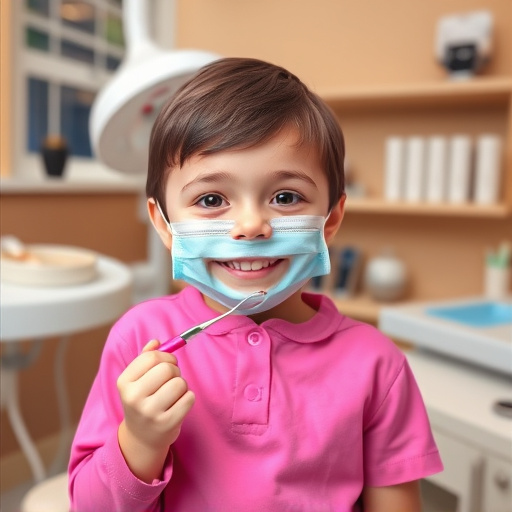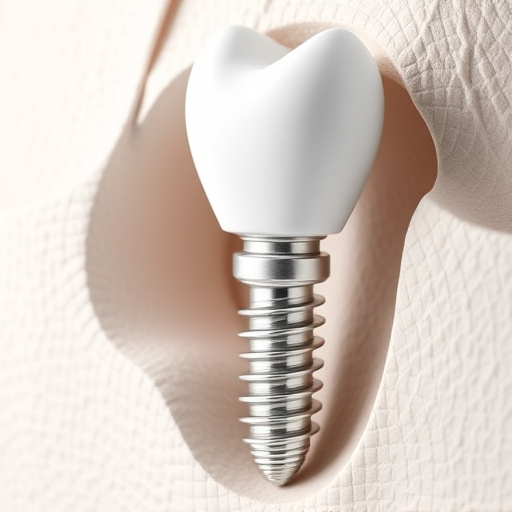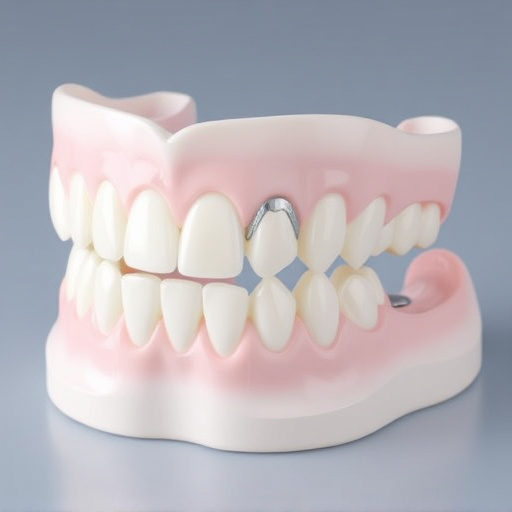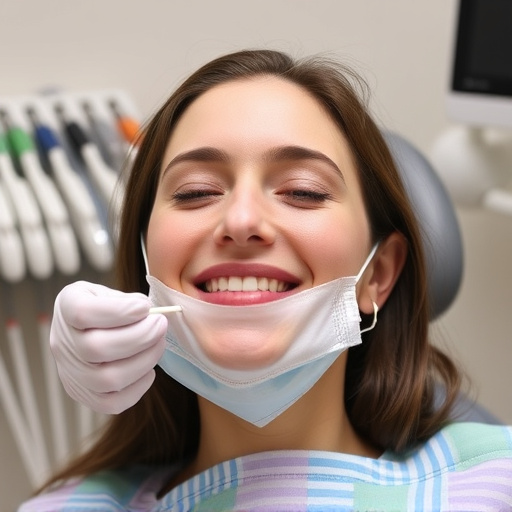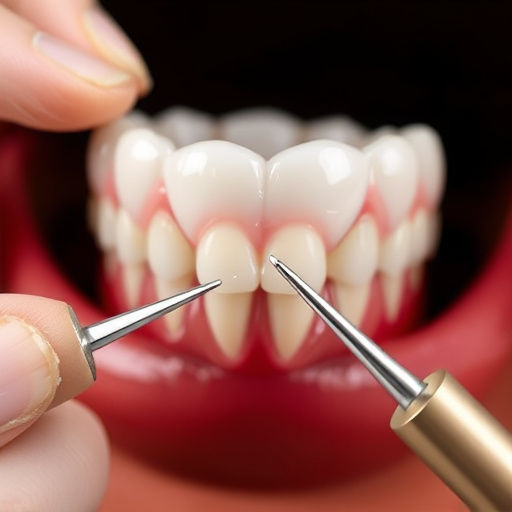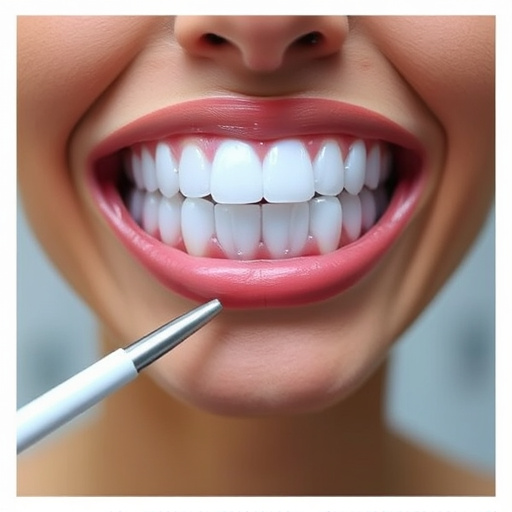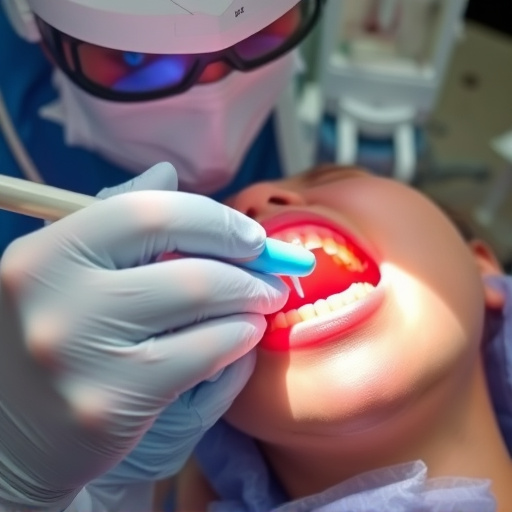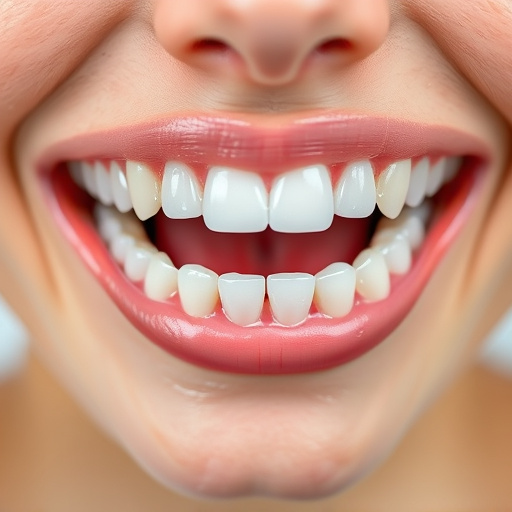High-risk patient groups face unique challenges maintaining oral health due to weakened physiological states, making them more susceptible to periodontal diseases, infections, and bone loss. Comprehensive oral health assessments are crucial for early detection of issues like tooth decay and gum disease, enabling tailored treatments such as restorative dentistry or personalized care plans. Family dentistry practices specializing in these patients play a vital role in promptly addressing their concerns, contributing to overall well-being. Effective screening strategies involve regular dental cleanings, routine exams, and proactive communication between healthcare professionals and caregivers.
Oral health assessment is a vital component of overall patient care, especially for high-risk groups. This article delves into the significance of comprehensive oral health evaluations for vulnerable populations, highlighting their unique needs and associated risks. We explore how tailored oral health assessments can improve outcomes, prevent complications, and manage diseases within these diverse patient groups. By understanding their specific challenges, healthcare providers can implement effective strategies to enhance oral care accessibility and quality.
- Understanding High-Risk Patient Groups and Their Oral Health Needs
- The Role of Comprehensive Oral Health Assessment in Risk Management
- Strategies for Implementing Effective Oral Health Screenings in High-Risk Populations
Understanding High-Risk Patient Groups and Their Oral Health Needs
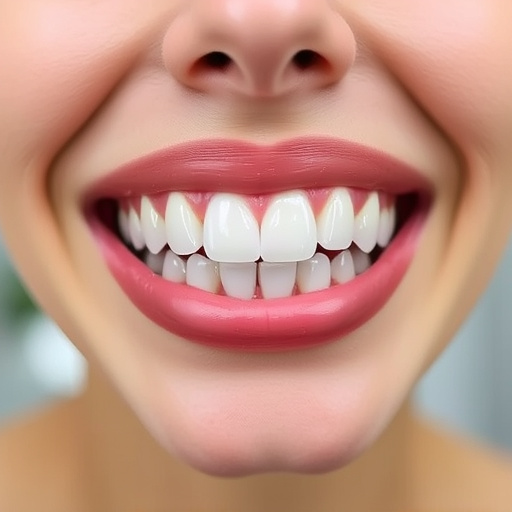
High-risk patient groups include individuals with compromised immune systems, chronic illnesses like diabetes or HIV/AIDS, and the elderly. These patients often face unique challenges when it comes to oral health. For instance, they might be more susceptible to periodontal diseases, oral infections, and bone loss due to their weakened physiological states. Additionally, certain medical conditions can lead to dry mouth, which increases the risk of tooth decay and gum disease.
Oral health assessment becomes a critical component of their overall care, as it allows for early detection of potential issues. Regular check-ups enable dental professionals to provide tailored treatments, including restorative dentistry procedures or personalized oral care plans. Even innovative solutions like clear aligners can be considered for these groups, offering both aesthetic and functional benefits while being easier to maintain than traditional braces. Family dentistry practices that cater to high-risk patients play a vital role in ensuring their overall well-being by addressing oral health concerns promptly.
The Role of Comprehensive Oral Health Assessment in Risk Management
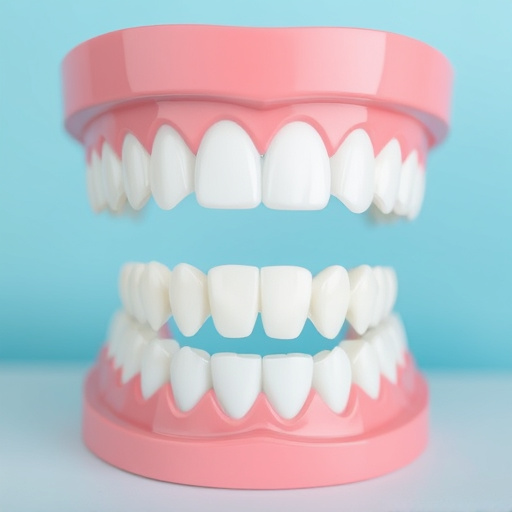
A comprehensive oral health assessment plays a pivotal role in risk management for high-risk patient groups. It goes beyond routine checkups, involving detailed examination and evaluation of the mouth, teeth, gums, and related structures. This process is instrumental in identifying potential issues early on, which is particularly critical for patients with compromised immune systems, chronic illnesses, or those undergoing treatments that may affect their oral health. By implementing thorough oral health assessments, healthcare providers can proactively manage risks associated with dental conditions that could exacerbate existing health challenges.
These assessments enable the detection of problems such as tooth decay, gum disease, oral infections, and even signs of trauma or abuse. For high-risk patients, this may include those undergoing cancer treatment, experiencing diabetes complications, or taking medications that reduce saliva production. Early identification allows for timely interventions like emergency dental care, placement of dental fillings, or dental bonding to restore oral health and prevent further complications. This proactive approach not only improves patient outcomes but also ensures that oral health is integrated into overall risk management strategies.
Strategies for Implementing Effective Oral Health Screenings in High-Risk Populations
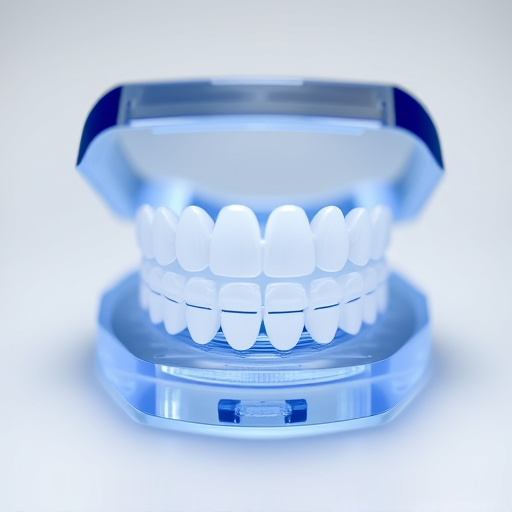
Implementing effective oral health screenings in high-risk populations requires tailored strategies that address unique challenges. For instance, in elderly care facilities, regular dental cleanings and routine oral exams should be integrated into residents’ overall healthcare plans. This involves proactive communication between dental professionals and caregivers to ensure consistent oral health assessment.
Targeted interventions can also involve addressing common issues like tooth extractions, especially when they are preventable through early detection. By focusing on comprehensive oral health assessment, healthcare providers in high-risk populations can identify potential issues before they escalate, thereby enhancing overall well-being and quality of life for patients.
Oral health assessment plays a pivotal role in managing and mitigating risks for high-risk patient groups. By understanding their unique needs, comprehensive evaluations enable early detection of potential issues, guiding tailored interventions. Implementing effective oral health screenings within these populations is not just beneficial; it’s essential for enhancing overall well-being and quality of life. This strategic approach ensures that no stone is left unturned in the pursuit of optimal health outcomes for at-risk individuals.





